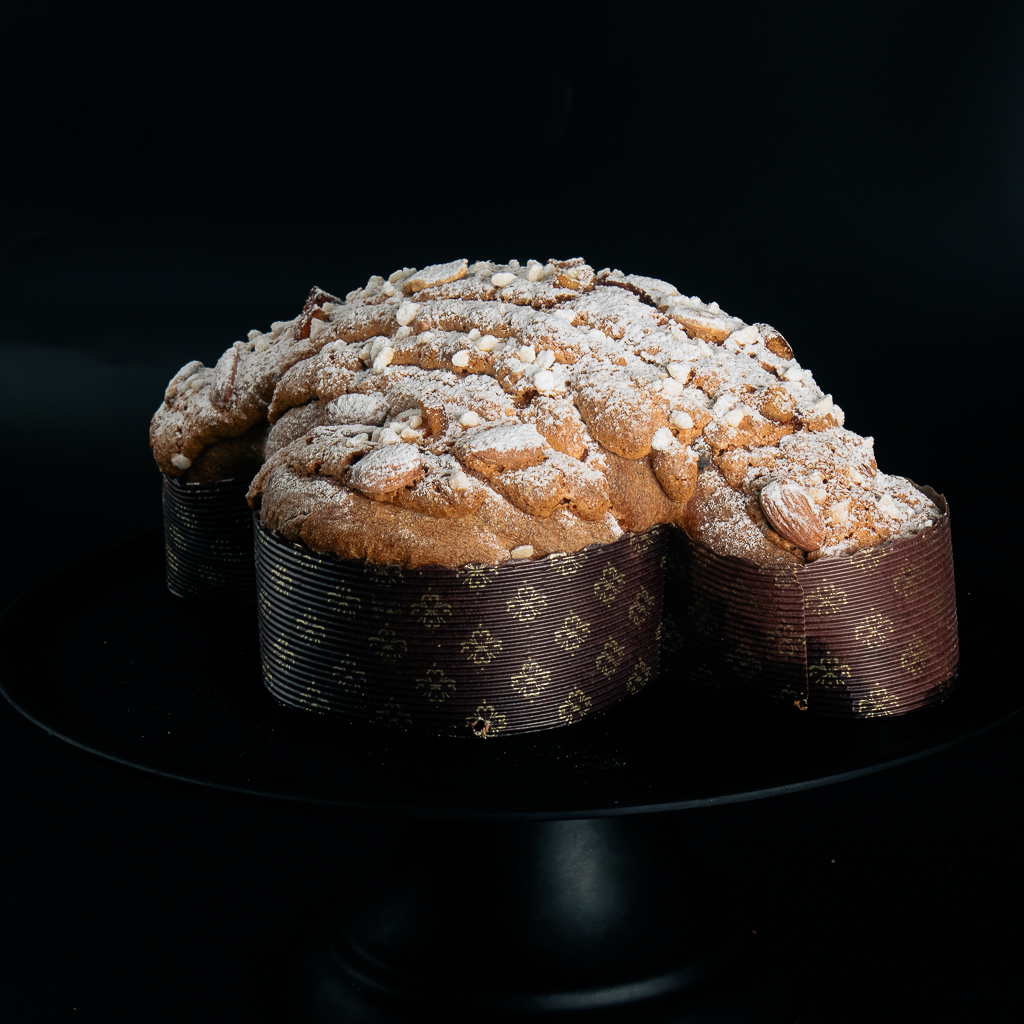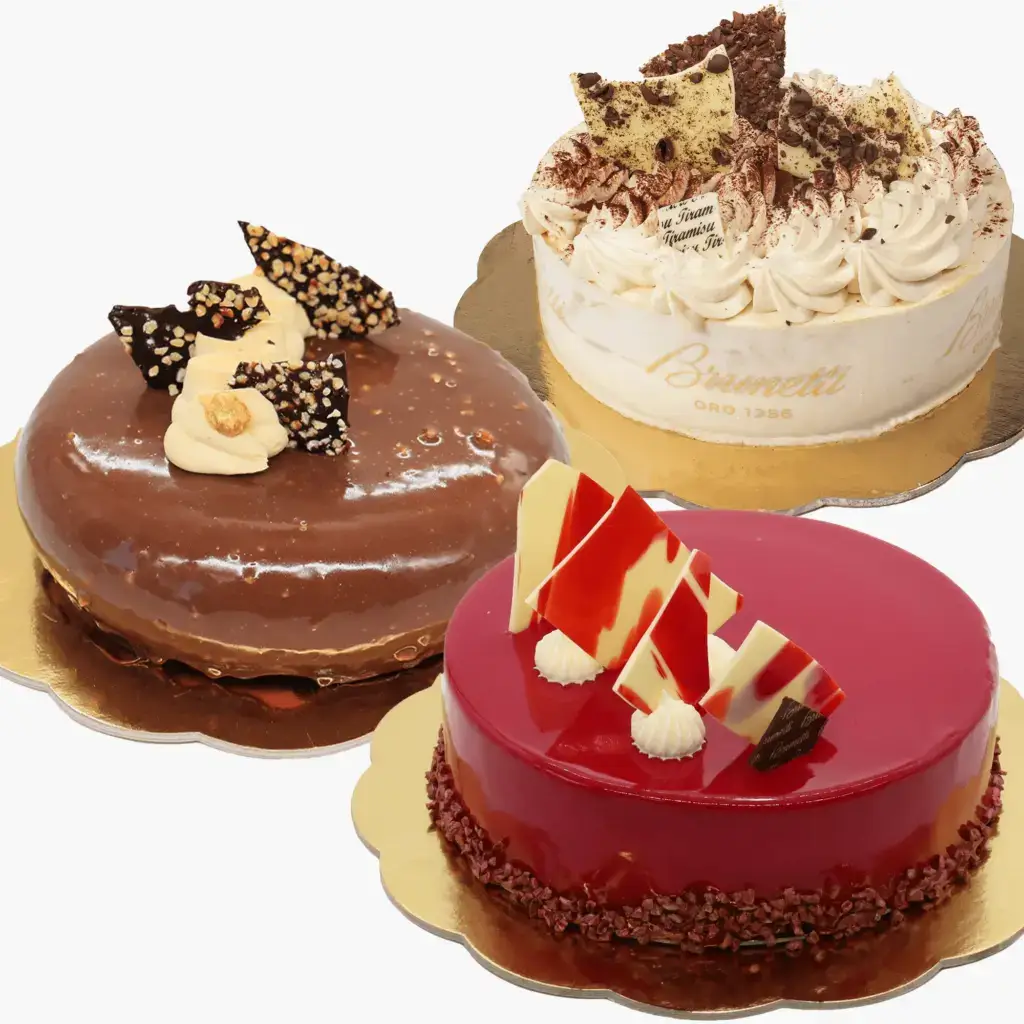
The Sweet Spot

1 May 2025 - 9:00 am
The Sweet Evolution of Tradition: A Tribute to Mothers
Dear Mothers,You have always been our first love. Our safe place, our silent strength, our endless source of…
1 April 2025 - 4:36 pm
Colomba vs. Hot Cross Buns: A Tale of Two Easter Traditions
Two Iconic Easter TreatsThe Colomba Pasquale and Hot Cross Buns are beloved Easter treats, yet they have distinct origins, ingredients, and cultural…
10 March 2025 - 3:46 pm
How to Choose the Best Chocolate Eggs for Easter: Artisan vs. Supermarket Chocolate
The Art of Choosing the Perfect Easter EggEaster in Australia is synonymous with chocolate eggs, but not all…
8 March 2025 - 10:00 am
Brunetti Oro Celebrates International Women’s Day
Introduction: International Women's Day is a celebration of the incredible achievements, resilience, and strength of women all around the…
5 March 2025 - 9:47 am
Brunetti Oro Celebrates the Melbourne Grand Prix with the New “Grand Prix” Gelato
Brunetti Oro is embracing the energy and excitement of the Formula 1 Melbourne Grand Prix, the first race…
29 October 2024 - 11:28 am
Party Planning 101 — Pro Tips and Why You Should Always Buy a Cake
Planning a party involves many moving parts, from picking out the perfect venue to creating a guest list…















